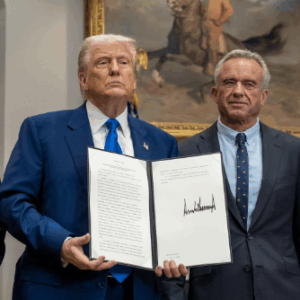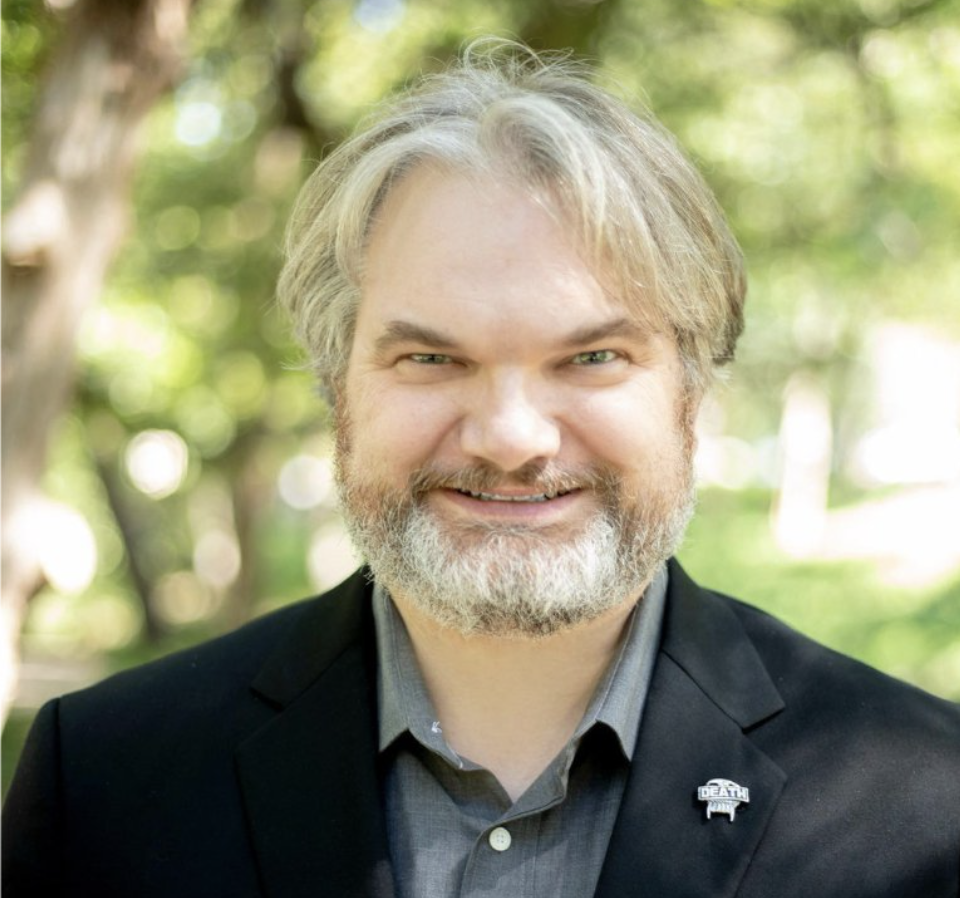If the U.S. loses its leadership role in the $2 trillion global biotech industry, will it be a victory by China’s government or a self-inflicted American defeat?
Vance Ginn is adamant that it will be the latter, which is why he’s urging the Trump administration to abandon its restrictive tariff and regulatory approach and embrace what made America great in biotech: the free market.
The current debate in Washington, D.C., is between supporters of price controls to lower prescription drug prices and supporters of innovation like Ginn, who point out, “America didn’t become the world’s biotech leader through central planning. We got here when Washington, in a rare moment, actually loosened its regulatory grip.”
Ginn, who served as associate director for economic policy in the first Trump administration’s Office of Management and Budget (OMB), made his comments at a recent roundtable hosted by InsideSources on the issue of biotech, innovation, and regulation. He’s the author of a white paper on confronting China’s attempts to overtake the U.S. in the biotech sector.
Ginn warns of the impacts of price controls in the Inflation Reduction Act and the new Most Favored Nation (MFN) executive order that suppress incentives to invest in R&D, which dries up the innovation pipeline.
“We’re at a crossroads,” Ginn said. “Either we let markets breathe or we smother innovation with more government control.”
It’s a viewpoint shared by Grover Norquist, president of Americans for Tax Reform (ATR). He sees the crossroads as continued U.S.-style free markets versus following the European model of price controls and government regulation. And America does not want to be another Europe, Norquist told the roundtable.
“If Great Britain became a state, it would be the 51st poorest state on a per capita basis, behind Mississippi. If Germany joined, they would be the 50th, just above Mississippi — and in three years, they would fall below them,” Norquist said. “We’re looking at a regulatory model that doesn’t work.”
Supporters of more regulation, like Trump’s MFN policy, say U.S. health care costs are among the highest per capita in the world, and drug companies are gouging their customers. The central goal of MFN is to reduce U.S. drug prices by tying them to the lowest prices that other comparable developed nations pay. In other words, the U.S. should no longer “pay more than the most favored nation.”
But Isabelle Marchese, federal affairs manager at ATR, said the strategy fails patients, particularly those who need new treatments.
She cited a Galen Institute study showing Americans had access to nearly 90 percent of new medicines, but British patients had 60 percent access and Spanish patients 14 percent. “Socialist price controls don’t come at no cost to these countries,” Marchese said.
Ginn added that it takes about $2 billion on average to bring a new drug to market and that nine out of 10 attempts fail. Investors have to have a reasonable expectation of returns on their investments, or they will stay out of the market.
“Research at the National Bureau of Economic Research found that forcing prices down — which is the goal of the ‘Most Favored Nation’ pricing — if you force prices down 40 to 50 percent, the investments in early-stage research and development would fall 30 to 60 percent. In other words, if you cut drug prices in half, which sounds good, you also cut the pipeline of new drugs almost in half,” Ginn said.
Norquist dismissed claims that drug prices fuel rising American health care costs. He said paying for prescription drugs consumes just 15 percent of U.S. health care costs, while hospitals and insurance make up the rest.
“Just looking at a pie chart of where the money goes in health care tells you [drugs are] unlikely to be the driver of costs,” he said.
As for China, the panelists agree that it presents a major threat.
Through its “Made in China 2025” strategy, Beijing has poured subsidies into biopharma, expanded patent filings, and increased its share of global clinical trials from just 1 percent in 2009 to 30 percent in 2024. On current trends, China could surpass the U.S. in trial share by 2027.
At the same time, Ginn said, all is not rosy in Beijing.
“China’s system is still inefficient. Central planning can produce patents, but it cannot make breakthroughs. They don’t have the freedom, the dynamism, the entrepreneurial spirit that America does,” Ginn said. That’s why, he argued, the U.S. should abandon the central-planning model and return to the free-market approach.
“Because if we keep knee-capping our innovators, they don’t have to do better than us. They just have to wait for us to trip over our own bad policies.”


